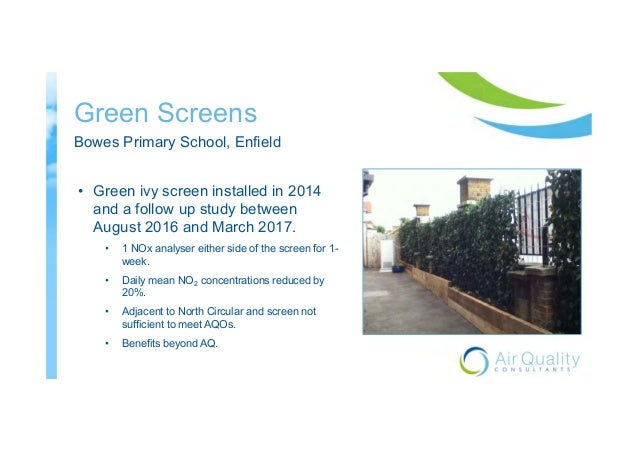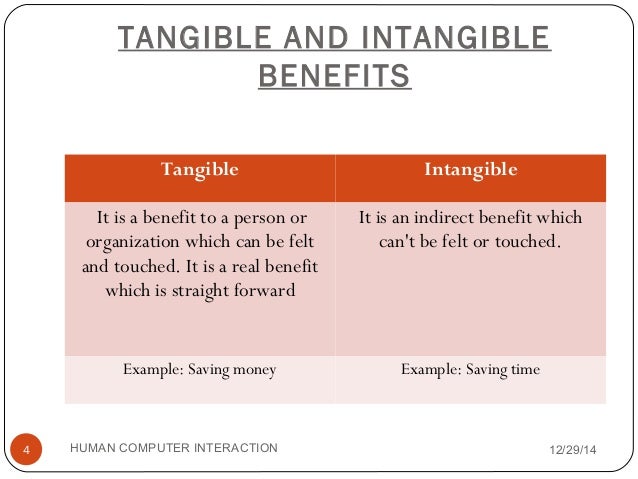

What is the difference between tangible benefits and intangible benefits?

Such benefits usually are contractual items, such as paid time off, insurance costs, salary and profit sharing. Tangible: Financial Pay and Benefits Tangible benefits are those listed by the company in a quantifiable form. Which is an example of a tangible benefit?Įxamples of tangible benefits include: improved customer goodwill improved employee morale better service to community and better decision making.

Financial Assessments of IS economy focus on the size of returns (e.g., NPV) and on timing of returns (e.g., payback period). Examples of tangible benefits are cost reduction and income gains. What are tangible benefits of information systems?īenefits of Information Systems can be tangible & intangible. Sometimes, system or process problems force people to perform a manual solution, repeat tasks more than once to correct or lead more people to revise the same task. What are tangible benefits in project management?Ī tangible project benefit is increased productivity that may allow people to work more or be rerouted to other areas.
8 Why are lenders responsible for a ” tangible net benefit “?. 7 What does HUD mean by tangible net benefit?. 6 What are examples of intangible costs?. 5 What is the difference between tangible and intangible costs and benefits?. 4 How are tangible benefits calculated?. 3 What is the difference between tangible benefits and intangible benefits?. 2 What are tangible benefits of information systems?. 1 What are tangible benefits in project management?. This study makes a significant contribution to O2O business regarding consumer purchasing behaviors and segmentation methodology. Moreover, benefit-based segmentation has shown advantages over the item-based segmentation method used in prior research. The three sub-group O2O consumers were found to be significantly different in terms of the key benefits sought and attributes needed to realize the same benefit sought. A three-group O2O consumer segments were identified based on the benefits they sought, namely Return-sensitive shoppers, Risk-sensitive shoppers, and Rational shoppers, and a corresponding hierarchical cognitive structure model for each sub-group of consumers was developed linking attributes needed to fulfill the benefits and values to reinforce the benefits. Laddering interview technique was employed to collect data from 51 O2O consumers in terms of benefits they sought from O2O platforms. We examined Online-to-Offline (O2O) commerce consumers’ market segments and consumption relevant cognitive structures.







 0 kommentar(er)
0 kommentar(er)
